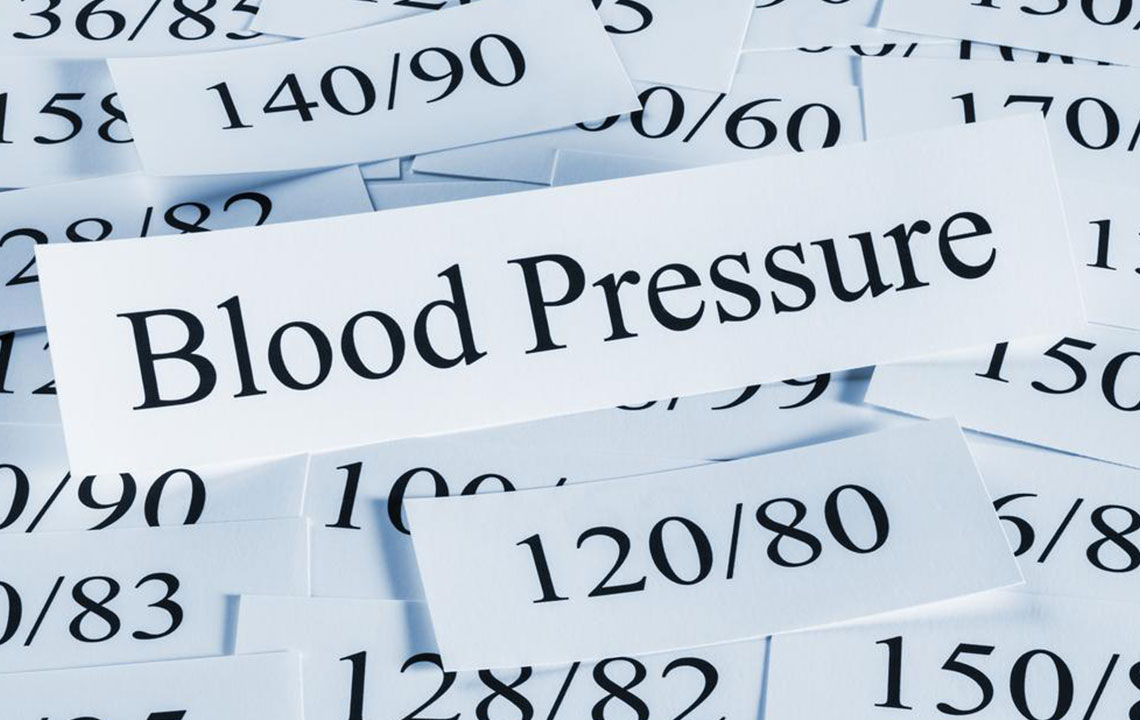Guide to Interpreting Blood Pressure Readings
This comprehensive guide explains how to interpret blood pressure readings, highlighting the importance of maintaining healthy levels. It covers BP ranges, risk factors, and effective lifestyle strategies to prevent complications. Regular monitoring and medical advice are emphasized to ensure optimal heart health and overall well-being.

Understanding Blood Pressure Measurements
The heart's role is to circulate blood throughout the body, delivering nutrients and oxygen. The force exerted during this process is called blood pressure (BP). High BP, or hypertension, is a serious condition linked to various health issues. Blood pressure readings have two components: systolic (heart contraction) and diastolic (heart relaxation). Accurate measurement is essential since high BP often shows no symptoms but can cause long-term damage. Monitoring regularly helps prevent heart, kidney, eye problems, and brain complications. Maintaining BP within normal ranges is vital for overall health.
Experts recommend weekly BP checks, especially for at-risk individuals. Understanding a high blood pressure chart aids in recognizing healthy versus risky levels. Systolic pressure indicates the maximum pressure during heartbeats, while diastolic shows the minimum. Keeping values below 120/80 mmHg ensures good health. Higher readings suggest pre- hypertension, stage 1, or stage 2 hypertension, requiring medical intervention and lifestyle modifications. Severe spikes demand immediate attention to prevent emergencies like hypertensive crises—characterized by readings of 180/110 mmHg or higher—and require urgent medical care.
Understanding your blood pressure readings helps you make informed health choices. Achieving and maintaining normal levels can avoid many complications. Lifestyle changes such as regular exercise, a balanced diet low in sodium, weight management, and avoiding excess alcohol are effective strategies. Proper medication prescribed by a healthcare professional can also control BP effectively. Regular monitoring and adherence to medical advice are key to staying healthy and preventing serious problems associated with hypertension.
Disclaimer:
Our articles cover diverse health topics based on research and data but are for informational purposes only. They should not replace professional medical advice. Consult your healthcare provider for diagnosis and treatment. The website may not include all schemes or offers, so always seek expert guidance for personal health decisions.










